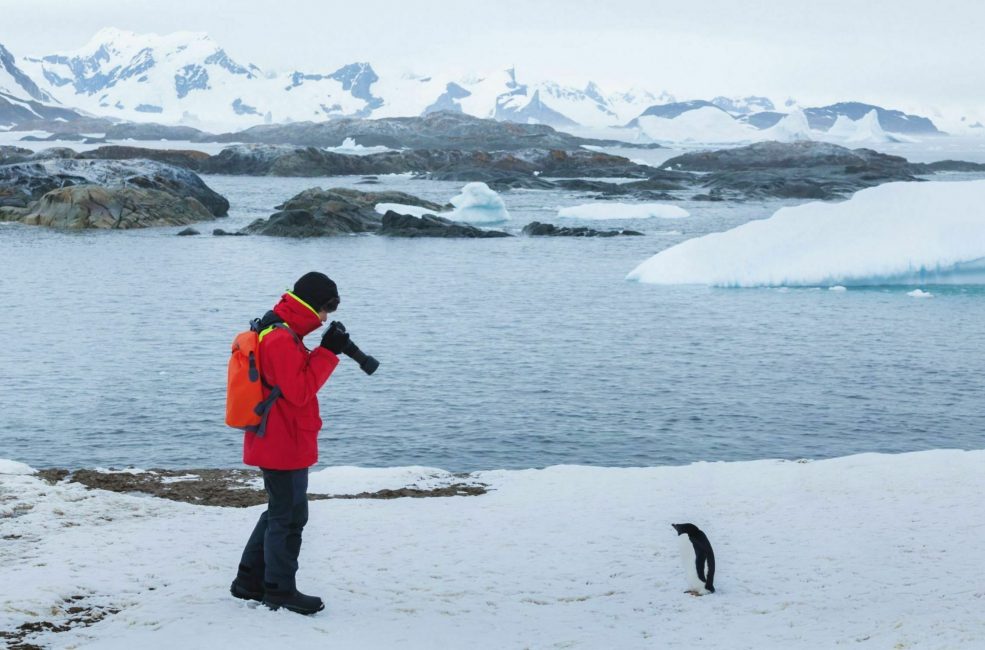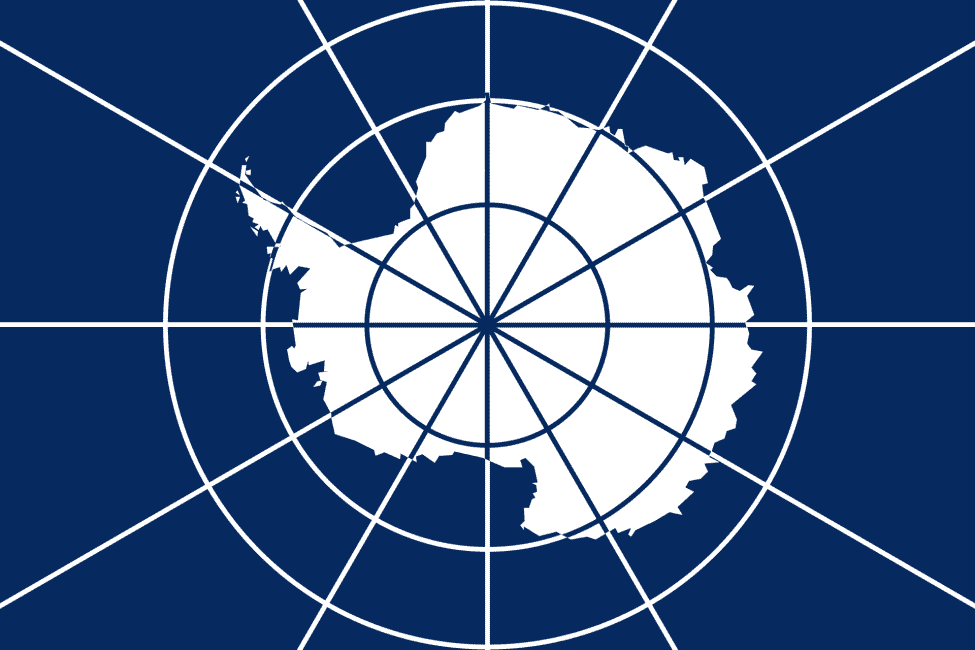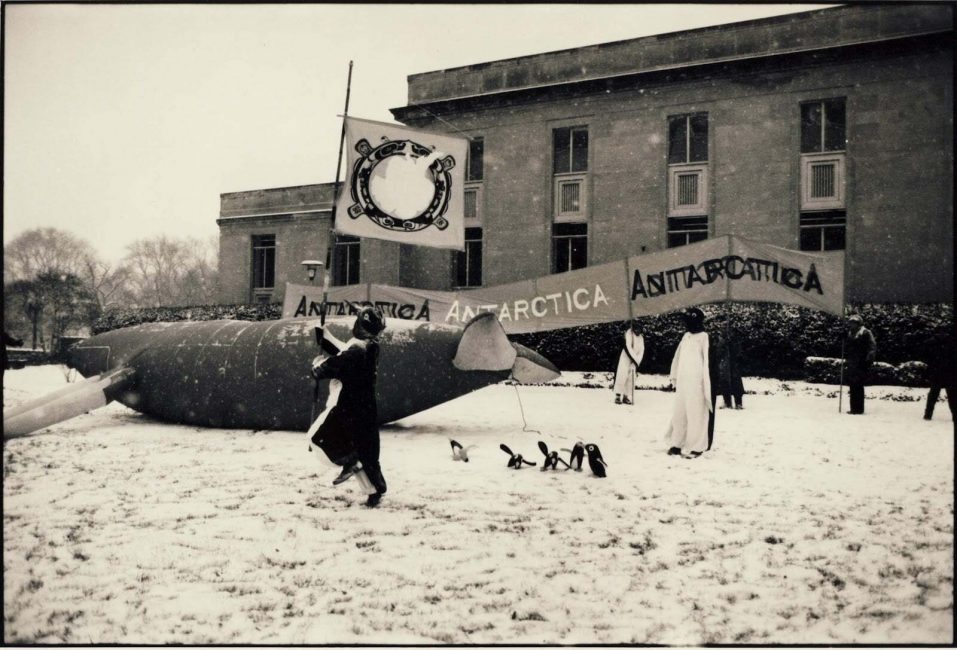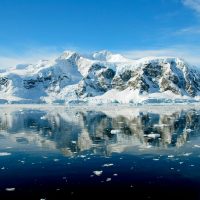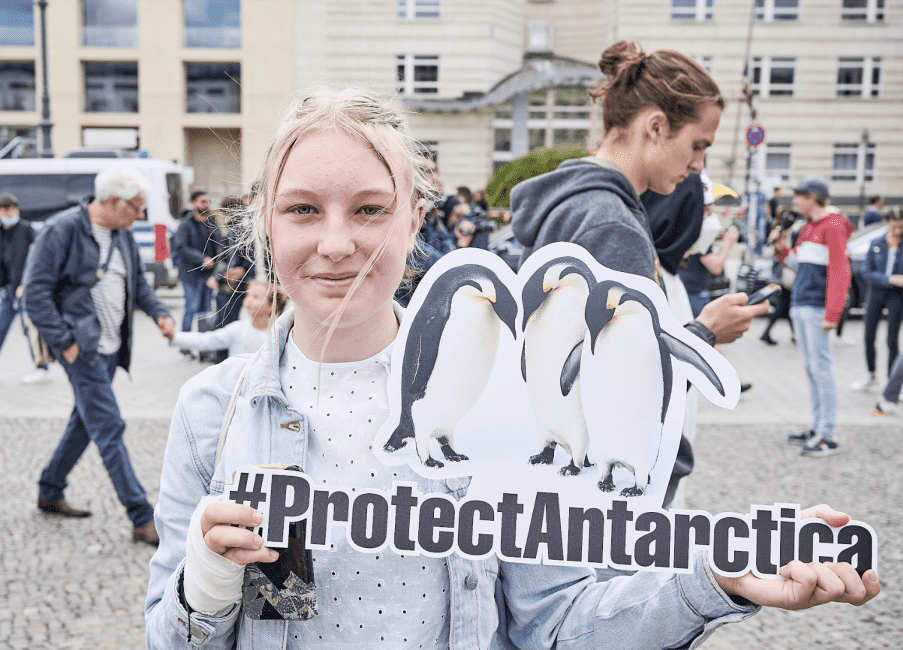Introducing the Protocol
Protocol on Environmental Protection to the Antarctic Treaty
The Protocol on Environmental Protection to the Antarctic Treaty, also known as the Madrid Protocol, is part of the Antarctic Treaty System. Adopted on 4 October, 1991, the Protocol is one of three international agreements that form the foundations of Antarctic governance.
Its primary purpose is to provide for the comprehensive protection of the Antarctic environment and ecosystems. It comprises a suite of legally binding provisions that place environmental protection at the core of all human conduct in Antarctica.
The Parties commit themselves to the comprehensive protection of the Antarctic environment and dependent and associated ecosystems and hereby designate Antarctica as a natural reserve, devoted to peace and science.
Article II, Protocol on Environmental Protection to the Antarctic Treaty.
The Protocol
Protocol on Environmental Protection to the Antarctic Treaty
The Protocol provides legally binding conservation measures that cover most activities in the Antarctic Treaty area. The articles of the Protocol:
- State that the protection of the Antarctic environment and its dependent and associated ecosystems must be a ‘fundamental consideration’ in the planning and conduct of all activities south of 60 degrees South.
- Set standards for the prevention of pollution on land and sea.
- Provide guidelines for Environmental Impact Assessments for all activities.
- Establish the Committee for Environmental Protection (CEP) to provide Antarctic Treaty Parties with advice and recommendations regarding the implementation of the Protocol.
- Prohibit mining indefinitely.
This ban on mining will remain in place indefinitely, however there is a provision that allows Parties to request a review of the Protocol in 2048. After this review it may be possible to amend any part of the Protocol, but there are strict requirements for doing so.
Article 7 of the Protocol prohibits mining, and all ‘activities relating to Antarctic mineral resources, except for scientific research.’
Mining ban
Protocol on Environmental Protection to the Antarctic Treaty
Could the mining ban be lifted?
Protocol on Environmental Protection to the Antarctic Treaty
Before any change could be made to the Protocol, it would have to be agreed upon by a majority of Antarctic Treaty Consultative Parties, including three quarters of those that were Consultative Parties at the signing of the Protocol in 1991.
For that change to come into force in international law, it would need to be ratified by three quarters of the Antarctic Treaty Consultative Parties, including all that were Consultative Parties when the Protocol was originally signed. Even if Parties agreed to lift the prohibition on mining, mining could not occur until a comprehensive, binding legal regime on Antarctic mineral resource activities was in force.
This is an extremely high bar to set, making it very unlikely that there will be any change to the Protocol in 2048.
PROTOCOL ON ENVIRONMENTAL PROTECTION TO THE ANTARCTIC TREATY
Annexes to the Protocol
In addition to the Protocol itself, there are six annexes which detail specific measures and procedures to ensure that environmental protection remains central to the planning and implementation of human activity in the Antarctic.
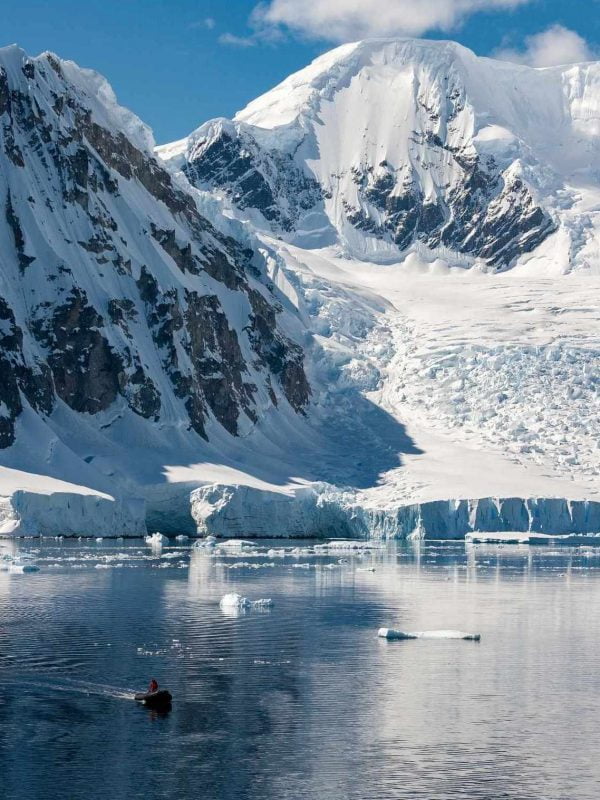
Annex I
Environmental Impact Assessment
Annex I on Environmental Impact Assessment was adopted in 1991 and entered into force in 1998.
Read more

Annex I
Environmental Impact Assessment
Annex I on Environmental Impact Assessment was adopted in 1991 and entered into force in 1998.
Annex I outlines the procedures for all activities in the Antarctic Treaty Area that may have more than a ‘minor or transitory impact’ on the Antarctic environment and associated ecosystems.
Depending on the nature of the activity, requirements may include the preparation of an Initial or Comprehensive Environmental Evaluation, and the implementation of an environmental monitoring regime.
Comprehensive Environmental Evaluations must be shared with all Antarctic Treaty Parties and the Committee for Environmental Protection, and formally reviewed at an Antarctic Treaty Consultative Meeting prior to approval.

Annex II
Conservation of Antarctic Fauna and Flora
Annex II on the Conservation of Antarctic Fauna and Flora was adopted in 1991 and entered into force in 1998.
Read more

Annex II
Conservation of Antarctic Fauna and Flora
Annex II on the Conservation of Antarctic Fauna and Flora was adopted in 1991 and entered into force in 1998.
Annex II covers procedures for interacting with Antarctic Fauna and Flora. Specifically, ‘taking’ or ‘harmful interference’ with either is prohibited without a permit, except in the event of an emergency.
If ‘taking’ or ‘harmful interference’ takes place without a permit, even in the event of an emergency, this must be reported to all Antarctic Treaty Parties and the Committee for Environmental Protection.
Annex II also codifies procedures for designating ‘Specially Protected Species’, and preventing the introduction of non-native species and diseases.

Annex III
Waste Disposal and Waste Management
Annex III on Waste Disposal and Waste Management was adopted in 1991 and entered into force in 1998.
Read more

Annex III
Waste Disposal and Waste Management
Annex III on Waste Disposal and Waste Management was adopted in 1991 and entered into force in 1998.
Annex III outlines procedures for waste reduction and removal on land and at sea.
All scientific research programmes, tourism, and other governmental and nongovernmental activities in the Antarctic Treaty area are required to prepare and implement waste management plans.
Some types of waste, such as radioactive material and electrical batteries, must be completely removed from the Antarctic Treaty Area.
Potentially harmful pollutants are prohibited in Antarctica, such as polychlorinated biphenyls (PCBs), non-sterile soil, polystyrene packaging, or pesticides (other than those required for scientific, medical or hygiene purposes).

Annex IV
Prevention of Marine Pollution
Annex IV on the Prevention of Marine Pollution was adopted in 1991 and entered into force in 1998.
Read more

Annex IV
Prevention of Marine Pollution
Annex IV on the Prevention of Marine Pollution was adopted in 1991 and entered into force in 1998.
Annex IV relates to the regulation of discharge from ships, including oils and oily mixtures, noxious liquid substances, chemicals, garbage, and sewage.
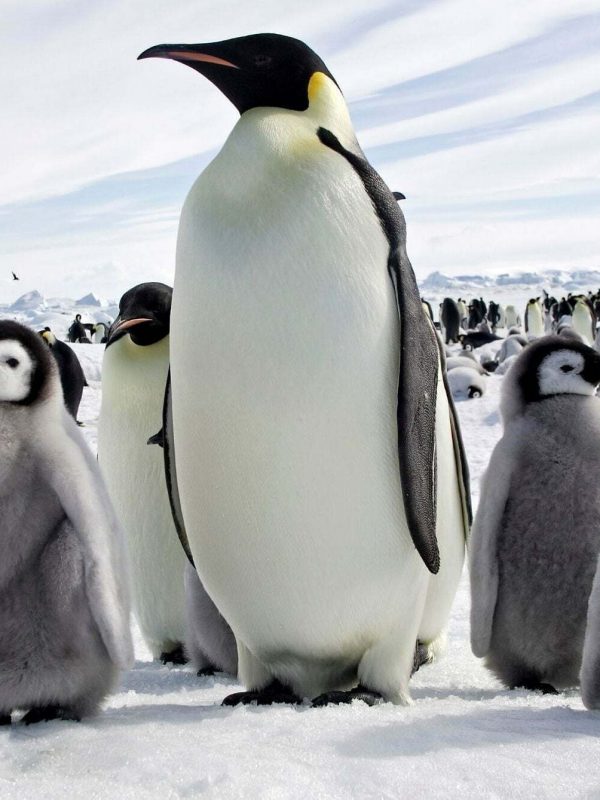
Annex V
Area Protection and Management
Annex V on Area Protection and Management was adopted by the 16th ATCM in 1991 and entered into force in 2002.
Read more

Annex V
Area Protection and Management
Annex V on Area Protection and Management was adopted by the 16th ATCM in 1991 and entered into force in 2002.
Annex V allows for additional protection in areas recognised as having outstanding natural or historical value.
It harmonizes pre-existing regimes for special environmental protection and introduces processes for the designation and management of Antarctic Specially Protected Areas, Antarctic Specially Managed Areas, and Historic Sites and Monuments.

Annex VI
Liability Arising from Environmental Emergencies
Annex VI on Liability Arising from Environmental Emergencies was adopted by the 28th ATCM in Stockholm in 2005. It has not yet entered into force, and is awaiting formal acceptance by all states that were Consultative Parties at the time of its adoption.
Read more

Annex VI
Liability Arising from Environmental Emergencies
Annex VI on Liability Arising from Environmental Emergencies was adopted by the 28th ATCM in Stockholm in 2005. It has not yet entered into force, and is awaiting formal acceptance by all states that were Consultative Parties at the time of its adoption.
Under Annex VI, scientific research programs, tourism and all other governmental and non-governmental activities are required to take action to prevent and respond to environmental emergencies that may result from their activities in the Antarctic.
This annex has not yet entered into force.
PROTOCOL ON ENVIRONMENTAL PROTECTION TO THE ANTARCTIC TREATY
Into the future
ASOC celebrated the introduction of the Protocol on Environmental Protection to the Antarctic Treaty. However, there is still work to be done to ensure its full and effective implementation.

Full Implementation
Although it entered into force in 1998, some important provisions of the Protocol still haven’t been put in place. For example, we are still waiting for a system of protected areas to be created, and a liability regime to be established.
ASOC supports the full and effective implementation of the Environmental Protocol so Antarctica will be governed to the highest standard of environmental protection possible.

Environmental Liability
ASOC advocates for strengthening liability and accountability for states and operators who cause damage to the Antarctic environment, threatening its land, waters, and species.
The question of who is liable for environmental damage in Antarctica is critical to its protection. An environmental emergency in Antarctica would be disastrous and costly to remedy, with grave consequences for fragile ecosystems in areas that are extremely difficult to access.

PROTECTING ANTARCTICA
Thank you
ASOC has represented the global environmental community for over 40 years. We couldn’t do it without the support of our members, partners and a global network of Antarctic advocates.
Join us today as we continue to work towards the strongest possible protection for Antarctica and its wildlife.
KEEP LEARNING
Related reading
Now that you’ve learned about the history of the Protocol on Environmental Protection to the Antarctic Treaty, read on to learn more about the important issues facing Antarctic decision-makers today.
 ASOC
ASOC

